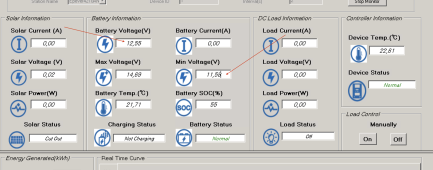frankz66
New Member
Hello everyone I have a 4 kw storage of agm1 c100 110A x3 batteries 12 v
I connected a refrigerator that consumes a maximum of 100 wha. I monitored the consumption, but I realized that every time it attacks only for 1 second I have a cue of about 500 watts that I can barely detect. Immediately after it consumes little about 69 watts for 5 minutes. My perplexity is that at the moment in cut out my batteries report 12.55 therefore very charged, which suggests that during the night I have current left over for the next day. However, my doubt remains and is that if every 15 20 minutes the fridge attaches current and for 1 second I have this cue, if during the night I go down to 12 volts, I would have to find myself for 1 second a drop of 1 volts and then quietly return to 12. This drop that seems normal for lead does not affect the consumption they have accumulated but is only limited to falling physiologically by 1 volts and that's it? I know the question is a bit articulate ...
I connected a refrigerator that consumes a maximum of 100 wha. I monitored the consumption, but I realized that every time it attacks only for 1 second I have a cue of about 500 watts that I can barely detect. Immediately after it consumes little about 69 watts for 5 minutes. My perplexity is that at the moment in cut out my batteries report 12.55 therefore very charged, which suggests that during the night I have current left over for the next day. However, my doubt remains and is that if every 15 20 minutes the fridge attaches current and for 1 second I have this cue, if during the night I go down to 12 volts, I would have to find myself for 1 second a drop of 1 volts and then quietly return to 12. This drop that seems normal for lead does not affect the consumption they have accumulated but is only limited to falling physiologically by 1 volts and that's it? I know the question is a bit articulate ...





